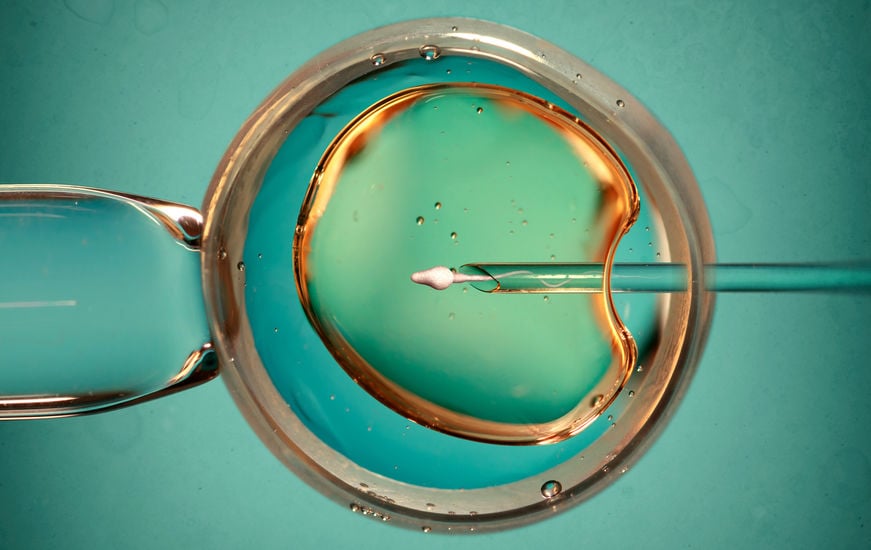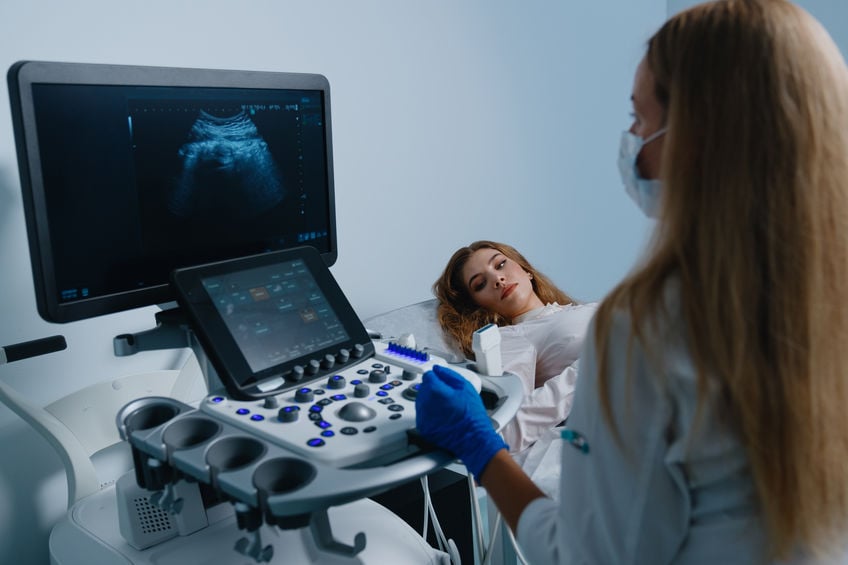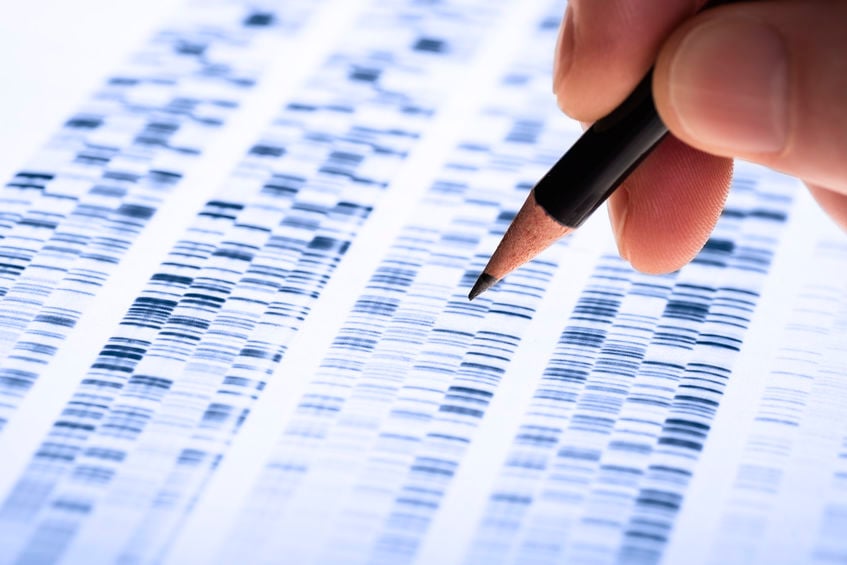Learning About The IVF Cycle
In vitro fertilization (IVF) is a type of assisted reproductive technology (ART) with many complicated steps. Each patient’s treatment plan will be unique, but a cycle usually takes 4-6 weeks. This period includes baseline bloodwork and ultrasounds, medication, monitoring, trigger shot, egg retrieval, fertilization, embryo transfer, and pregnancy confirmation.

Bloodwork and ultrasounds
Before starting IVF, women will have a myriad of tests done, including a complete blood count (CBC) and infectious disease screening. Ovarian reserve testing will also be performed to evaluate follicle-stimulating hormone (FSH), estradiol, and anti-mullerian hormone (AMH) levels. An ultrasound or sonohysterogram to assess the uterus is also standard. The male partner will typically have a semen analysis (SA) performed before any treatment is started.
Medication is key
Some women may be told to start birth control pills before IVF. While this may seem counterintuitive, the estrogen can help control the timing of the menstrual cycle, setting the patient up for success. Once a woman’s period begins, the cycle officially starts. Depending on the exact diagnosis, different fertility medications can be used. Medications for ovarian stimulation and oocyte maturation are common, and some patients also receive medications to prevent premature ovulation. The goal of medication use is to stimulate multiple eggs to develop for retrieval, and this part of the cycle usually lasts 8-14 days.
Keep a close eye
Monitoring is done concurrently with fertility medication use. Patients must come into the clinic daily or every other day during this time. At the appointments, the healthcare provider will use an ultrasound to look at the follicles, which are sacks in the ovaries that each contain a single egg. When the largest follicle reaches 18-22mm in width, retrieval can occur.
Trigger Time
Precisely 36 hours before retrieval, the patient will receive an injection of human chorionic gonadotropin (hCG). This shot triggers the eggs to release from the follicles. Timing this injection exactly right is critical to maximizing the chances of success.
Ready for retrieval
The big moment is finally here. Once the eggs are mature and the trigger shot has been administered, retrieval can occur. The patient is given pain medication and sedated. An ultrasound probe is inserted into the vagina, and a needle removes the eggs. The male partner usually provides a semen sample on the same day as the retrieval.
Embryo transfer
At this point, the eggs can either be frozen for future use or combined with sperm to create embryos that are grown in the lab. If the latter option, known as a fresh transfer, is chosen, the embryos will mature for 3 or 5 days before the best one is selected for transfer. Additional tests like preimplantation genetic testing (PGD) can occur at this stage. During the embryo transfer, the doctor inserts a catheter into the vagina, and the embryos are inserted through this device into the uterus. After 2 weeks, a pregnancy test can be done.
Attention to detail
IVF is a complicated process requiring precision and patience. One full cycle typically takes 4-6 weeks, but additional time may be necessary for any required testing. Patients may need to repeat the retrieval or embryo transfer more than once to achieve success. With proper attention to detail, the IVF cycle can produce the desired outcome of a healthy baby.





